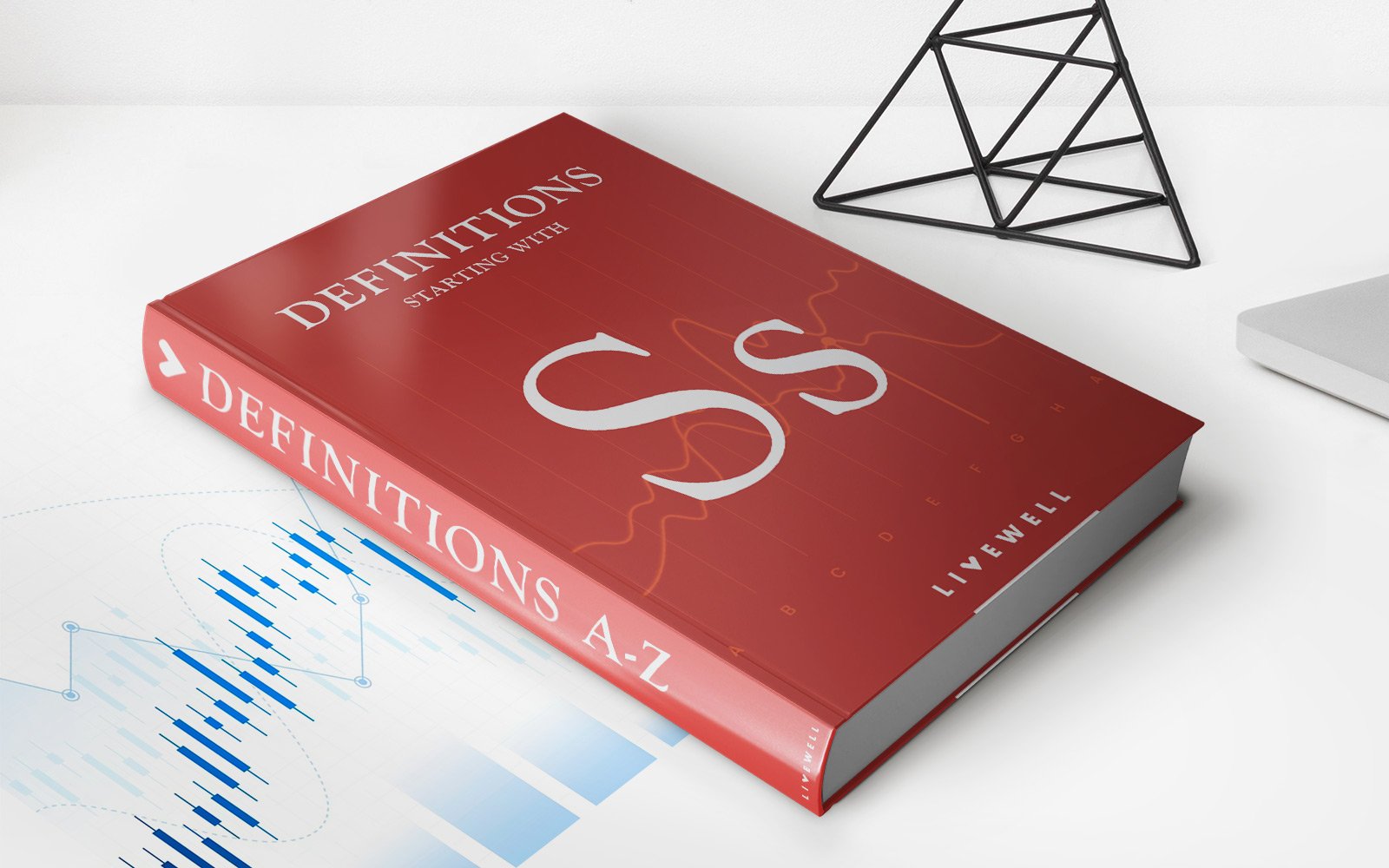Home>Finance>Adjusted Basis: Definition, Examples, Calculation


Finance
Adjusted Basis: Definition, Examples, Calculation
Published: October 1, 2023
Learn about the definition, examples, and calculation of adjusted basis in finance. Enhance your understanding of this crucial concept in just a few steps.
(Many of the links in this article redirect to a specific reviewed product. Your purchase of these products through affiliate links helps to generate commission for LiveWell, at no extra cost. Learn more)
Adjusted Basis: Definition, Examples, Calculation
When it comes to managing your finances, understanding key concepts is crucial. One such concept is the adjusted basis. In this blog post, we will explore the definition of adjusted basis, provide real-life examples, and guide you on how to calculate it. So whether you’re a finance enthusiast or looking to expand your knowledge, keep reading to uncover the mysteries of adjusted basis.
Key Takeaways:
- Adjusted basis is the cost of an asset, including acquisition costs and certain adjustments.
- It is crucial in calculating capital gains or losses and depreciation deductions for tax purposes.
What is Adjusted Basis?
Adjusted basis refers to the cost of an asset for tax purposes after making certain adjustments. It is used to determine the gain or loss from the sale, exchange, or disposition of the asset. In simpler terms, adjusted basis is the value attributed to an asset after accounting for various factors that affect its worth.
In finance, assets can include real estate, stocks, bonds, vehicles, and more. The adjusted basis helps determine the tax implications of owning and disposing of these assets. By calculating the adjusted basis, you can accurately assess the tax impact on capital gains or losses.
Examples of Adjusted Basis Calculation
Let’s dive into a couple of examples to understand how adjusted basis is calculated:
- Real Estate: Imagine you purchase a house for $300,000. Over the years, you have made improvements worth $50,000, such as renovating the kitchen and adding a deck. The adjusted basis of your property would be $350,000 ($300,000 purchase price + $50,000 improvements).
- Stocks: Suppose you buy 100 shares of a company’s stock at $50 per share, totaling $5,000. After a year, you receive a dividend payment of $500. The adjusted basis of your investment would be $4,500 ($5,000 original cost – $500 dividend).
These examples illustrate how adjusting the basis can account for various factors, such as improvements and dividends, which can impact the overall value of an asset.
Calculating Adjusted Basis
To calculate the adjusted basis of an asset, you need to consider the following factors:
- The original cost or purchase price of the asset.
- Improvements or additions made to enhance the asset’s value.
- Deductions taken for depreciation or damages.
- Insurance reimbursements received for losses or damages to the asset.
- Other adjustments specific to the asset type.
By adding up the original cost and relevant adjustments, you can determine the adjusted basis of your asset. Remember, the adjusted basis is essential for accurately calculating tax obligations and reporting capital gains or losses.
In Conclusion
Understanding adjusted basis is crucial for managing your finances, especially when it comes to tax implications. It helps determine the gain or loss from the sale or disposition of an asset. By considering the original cost, improvements, deductions, and other adjustments, you can accurately calculate the adjusted basis.
So, whether you’re a seasoned investor or just starting on your financial journey, don’t underestimate the power of comprehending concepts like adjusted basis. Equip yourself with knowledge and make informed decisions to maximize your financial well-being.














